Coma after jogging
Doctors at the 108 Military Central Hospital (108 Hospital, Hanoi ) recently admitted a patient to the emergency room with a diagnosis of heat stroke with organ damage (liver, kidney, hematology). The patient is a 29-year-old male, transferred from Thach That District Hospital (Hanoi).

If the weather is too hot, you should reduce strenuous physical activity outdoors to prevent heat stroke.
The patient's family said that before being admitted to the hospital, the patient went jogging at around 5 p.m. After jogging about 5 km, the patient felt dizzy, lightheaded, and hot all over, then quickly fell into a coma and was promptly taken to the emergency room at a nearby hospital by his family.
At Hospital 108, the patient was transferred to the Department of Internal Resuscitation and Anti-Poisoning - Intensive Care Center for treatment. The patient's test results showed increased muscle enzyme creatine kinase (CK), assessing muscle damage; renal failure with glomerular filtration rate reduced by 50 ml/minute; decreased blood clotting function...
During the treatment, the patient's body temperature was controlled, he received intravenous fluids, electrolyte replacement, and other active medical treatments. After more than a week of treatment, the patient's organ function improved, leaving no sequelae, and he was discharged from the hospital.
2 TYPES OF THERMAL SHOCK
Dr. Pham Dang Hai, Deputy Head of the Department of Internal Resuscitation and Anti-Poisoning, noted: The young patient mentioned above was given proper and timely emergency care, thus avoiding unfortunate consequences. Heatstroke on particularly hot days always poses many potential dangers.
Dr. Hai said: Heat stroke can be divided into two types: classic heat stroke and exertional heat stroke.
Classic heat stroke is common in the elderly, people with weakened bodies, children, people with cardiovascular disease, neurological disease or endocrine disorders, often occurring after passive exposure to high temperature environments for many hours or days.
Exertional heat stroke is common in young, healthy people with normal thermoregulation, occurring after exposure to elevated environmental temperatures and concomitant heat production during strenuous exercise.
According to Dr. Hai: "Heat shock damages multiple organs including the central nervous system, respiratory system, circulatory system, liver, kidney and hematology system, causing rapid multiple organ failure if not treated promptly, even death. Therefore, understanding knowledge about heat shock, early recognition signs, timely emergency care as well as heat shock prevention is extremely important, helping us reduce illness and death."
Recognizing heat stroke
Some signs that help to detect heat stroke early include: impaired consciousness: coma, seizures; respiratory disorders: difficulty breathing, respiratory failure; cardiovascular disorders: arrhythmia, hypotension, oliguria, accompanied by fatigue, headache, flushing, possible vomiting, diarrhea, body temperature above 40 degrees Celsius, hot and dry skin.
Doctors at Hospital 108 instruct emergency care for heatstroke patients outside the hospital to immediately remove the patient from the hot environment, move them to a cool, shady place, remove their clothes, and immediately lower their body temperature by placing them in a cold room at 20 - 22 degrees Celsius and fanning them; and placing cold packs on the groin, armpits, and neck.
Reducing the patient's body temperature by all means should be done, but should not hinder the patient's transport to the nearest medical facility. It is possible to transport the patient in an air-conditioned vehicle or with the windows open, while transporting and cooling the patient. Encourage mass organizations to have programs to widely disseminate the signs, symptoms and risks of the disease to help with early diagnosis and treatment.
To prevent heat stroke on hot days, people at risk should be aware of: children, the elderly, people with underlying medical conditions such as cardiovascular, respiratory, endocrine, metabolic, and physical exhaustion. When you have these medical conditions, you should not exercise in extremely hot weather conditions.
Each individual should train themselves to adapt to the heat, but should schedule physical exercise during the cooler part of the day and reduce strenuous physical activity when the weather is too hot.
In case you have to work in hot weather, you need to drink enough water and salt, cover your body by wearing loose, light, airy and light-colored clothes, wear a wide-brimmed hat, and use sunscreen. You need to arrange your outdoor work time to be cooler, such as early morning or late afternoon. If you have to work, you should not work too long in a hot environment, avoid strenuous physical activities. You should periodically rest in a cool place for 15-20 minutes after about 45 minutes to 1 hour of work.
(Source: 108 Central Military Hospital)
Source link



![[Photo] Readers line up to visit the photo exhibition and receive a special publication commemorating the 135th birthday of President Ho Chi Minh at Nhan Dan Newspaper](https://vphoto.vietnam.vn/thumb/1200x675/vietnam/resource/IMAGE/2025/5/17/85b3197fc6bd43e6a9ee4db15101005b)

![[Photo] Nearly 3,000 students moved by stories about soldiers](https://vphoto.vietnam.vn/thumb/1200x675/vietnam/resource/IMAGE/2025/5/17/21da57c8241e42438b423eaa37215e0e)












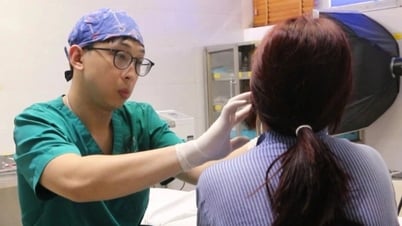





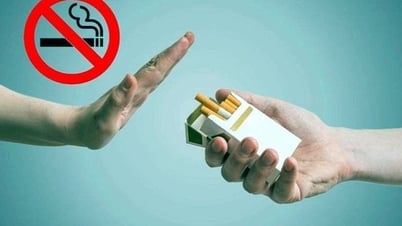



























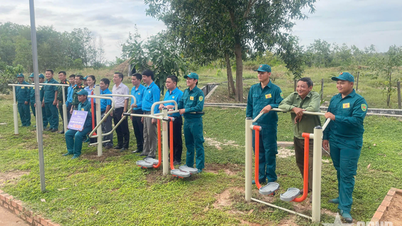





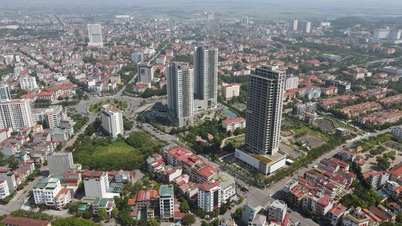













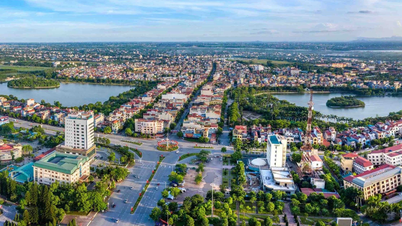





























Comment (0)